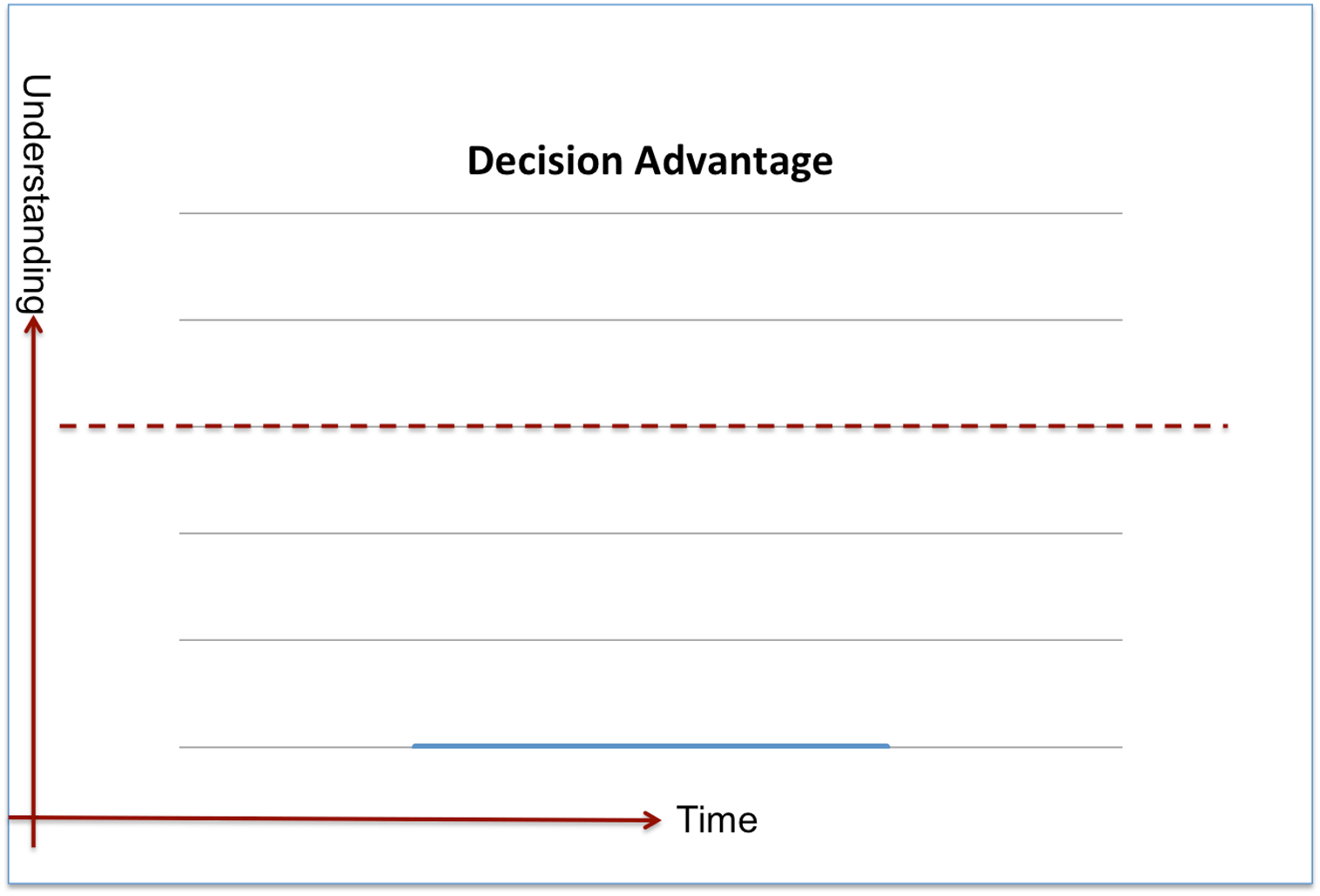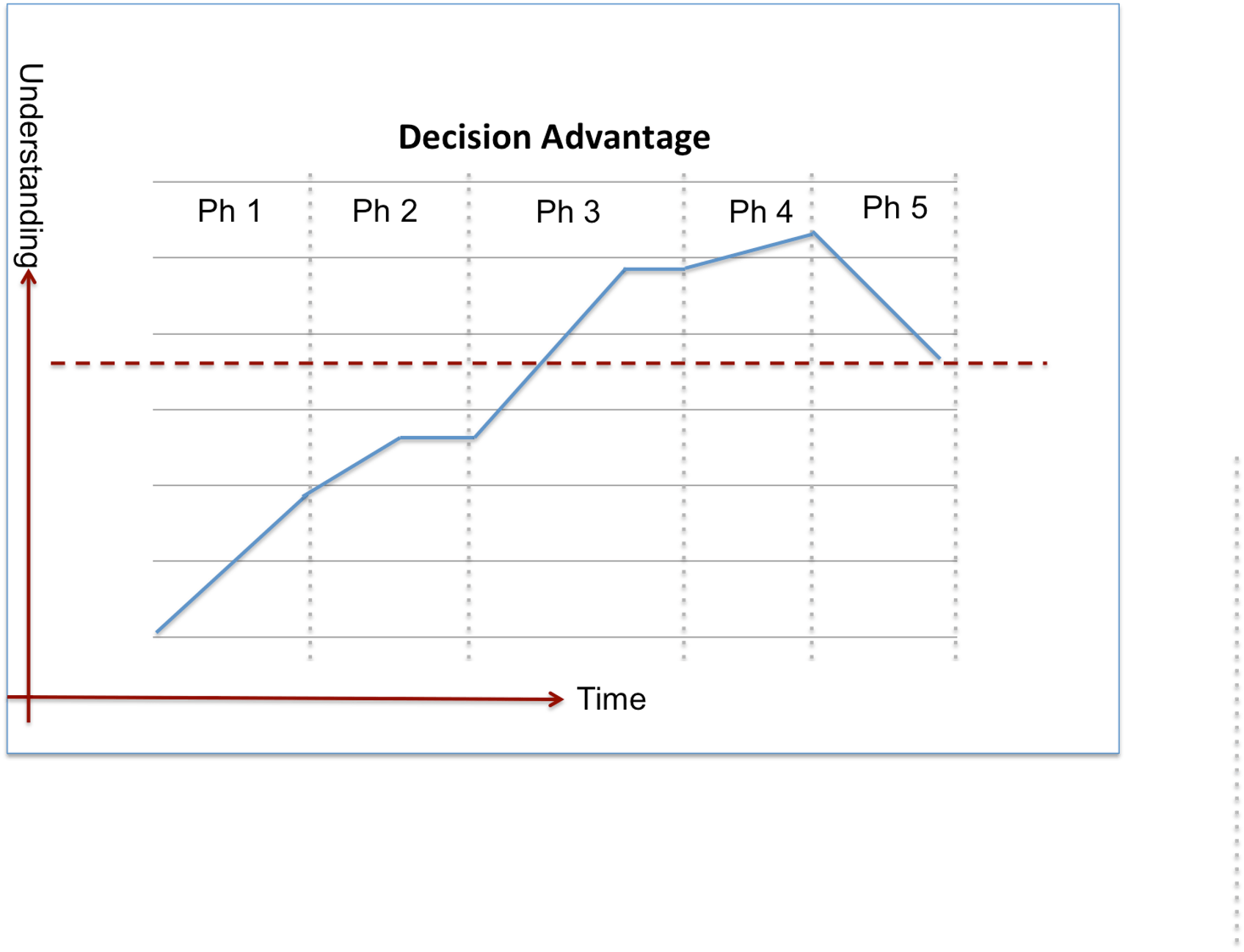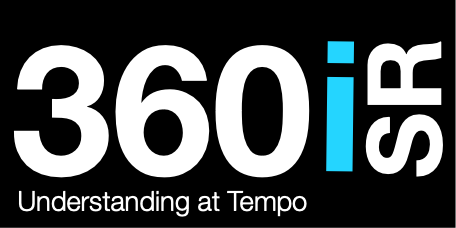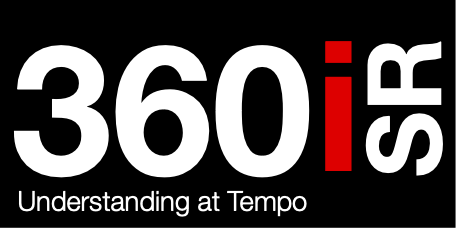The dislocation of the decision maker
The Dislocation of the Decision Maker and the Analyst
For many years, commentators have identified the need to connect the decision maker with the environment in order to make contextual decisions. By dislocating the analyst, the very person that understands the mission space, and the decision maker, that link is broken, leaving decisions to be made with intelligence that may have lost sight of the original requirement and of the mission. This position was identified by Pottinger and Bachelor [Fixing Intel: A Blueprint for Making Intelligence Relevant in Afghanistan]. Additionally, Col Brown (retd) [AP 2014-1] and more recently during discussions with NATO AIRCOM ISRD staff [2023 personal conversations and discussions]. During the latter discussions, it is apparent that the current method of producing Collection Tasks and subsequent Collection Decks carries very little meaning to those outside of the ISR community, including the originating decision maker.
The result is that decision makers become disinvested in the ISR process, generating fewer requirements, leaving the ISR Division to generate their own collection tasks in the fear that the “Boss might ask something”. The obvious issues associated with this circumstance go without further need to expand. But this very real and current problem is indicative of the ISR process and the issued raised when the link between the decision maker and the analyst is broken. Often, the decision maker does not have time and/or motivation to invest in the articulation of intelligence requirements, without guidance the ISR Division is forced to generate their own requirements and tasks based on guessing what the commandeer may need. So what is the solution?
If you look at this problem with ‘baby’s eyes’, you can identify that it is the process that is broken, not necessarily the fault of the commander. The current process makes a clear distinction between intel and operations functions, this is a barrier to collaborative planning. the distinctions are made in language, for example, IRM is nothing more that task analysis and CM is planning and execution; a Collection Task List is no different to a Joint targets List, and yet different procedures, organisations and languages have evolved that create an organisation and philosophical divide between the ISR community and other elements of operations. When speed (combined with precision) is the objective, these frictions are detrimental to operational performance.
The solution is in the integration of ISR with operations, something that NATO Joint ISR (JISR) doctrine has stated for over 10 years: Commanders outside of the operational planning process generally do not have the time, nor the training, to articulate intelligence requirements. The common way in which a commander will state their needs is through an intent statement or direction and guidance. This intent statement should be used for the ISR community to understand the commander’s problem and then collaborate with all aspects of operations to mitigate these problems. This perspective is not new, in 2014, Col Brown stated, “The goal of an ISR strategy should be to create a problem-centric versus a requirements-centric approach to operations. In other words, analysts, platform operators, and consumers should state the problems they need to solve, not simply what requirements they have to satisfy. Success in any military operation requires commanders and their staff to unify the ISR enterprise in support of campaign goals. Articulating intent—the traditional method commanders use to establish unity of effort for organizationally complex operations—is the necessary but often overlooked step to focus ISR strategy.”
However, nine years later some ISR organisations are still grappling with the issue of dislocated decision makers and intelligence analysts being set tasks without context of the mission.
Brown discusses the merit of problem-centric intel. I would argue, that while this is a great step, it is but one step in the route of truly multi domain, collaborative operations. We have moved on from problem centric to decision centric warfare.
“Joint Intelligence, Surveillance and Reconnaissance (JISR) is a set of intelligence and operations capabilities, to synchronize and integrate the planning and operation of all collection capabilities with the processing, exploitation, and dissemination of the resulting information in direct support of the planning, preparation and excution of operations.”
The Solution to the Problem
The solution is easy: re-establish the link between the decision maker and the analyst. Practically this can be achieved in various ways:
Greater proximity of thinking. Analysts need to the attuned to the decision makers motivations, constraints, consequences and strategy, this can only be achieved when the decision maker can not only articulate their needs but also articulate why.
Defining Information Advantage. A good decision maker should be able to identify exactly the pieces of intelligence they require in order to make a decision. If the ISR team can create this understanding at the tempo required, the decision maker will be in decision advantage (as long as the enemy do not know more about us). If the decision maker can define these intel requirements and the associated why, the analyst will be able to support decision advantage.
Greater empathy. Empathy is a two-way street: the decision maker needs to understand the constraints of the analyst and the analyst needs to understand the stresses on the decision maker. Train together... learn together.
Understand in All Domains. The decision maker is often overlooked as ISR, at present, does not conduct operation in the cognitive domain and only fleetingly in the information domain. Media specialists and information operators, at present have primacy in these domains. Therefore there is a disconnect between physical effects and cognitive shift. This disconnect need to be fixed by enabling ISR to act in all domains and therefore answer the decision maker better.
Decision-centric operations, Decisions are key in contemporary warfare; they are the driver for ISR and the end point. Warfare does not support this by integrating Understand functions (ISR) with Effects functions... and I mean truly integrate to a point where Understand and Effect become indivisible elements of the DNA of modern warfare.






